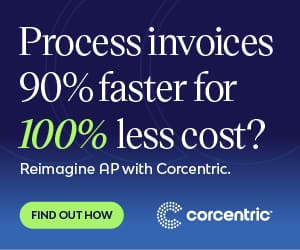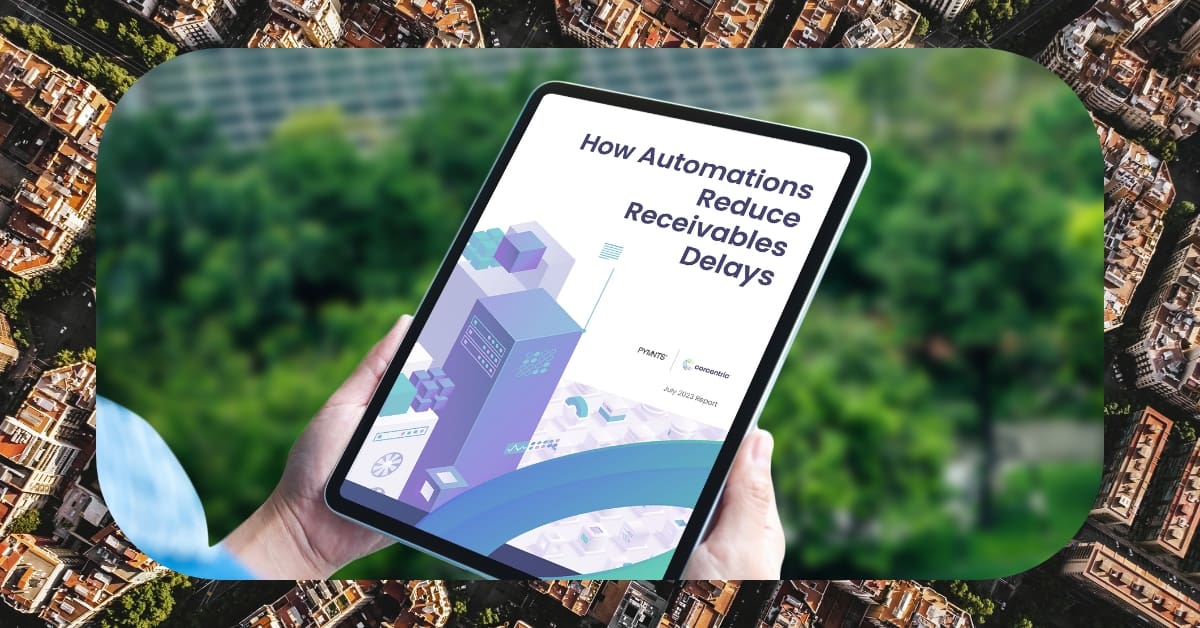How To Effectively Utilize Source-To-Pay Solutions For Part Procurement Risk Management

Part Procurement Risk Software
Obtaining parts that meet the stringent requirements of various projects is daunting task for any purchasing department. In addition, when factors like quality, cost and delivery date are taken into account, it can become complex and intensive process. An effective source-to-pay solution can reduce the risk involved in part procurement and increase the efficiency with which it can be done.
In this article, we’ll explore how source-to-pay solution can help to mitigate procurement risk while taking into consideration the perspective of C-Suite executive. We’ll provide step-by-step guide that outlines how to utilize source-to-pay solution for part procurement risk management in order to realize the maximum benefit for any project.
Step 1: Establish Comprehensive Baseline
The first step in utilizing source-to-pay solution for part procurement risk management is to establish comprehensive baseline. It is important to understand the current state of the part procurement process, including the cost and quality of the parts, delivery timelines, and any potential risks. This baseline provides the foundation for further optimization and allows the purchasing team to make informed decisions.
Step 2: Select Suppliers and Streamline Supplier Relationships
Once the baseline has been established, it is necessary to select suppliers and streamline supplier relationships. Source-to-pay solutions can be incredibly helpful in this regard, as they make it easier to compare potential suppliers and choose the best option. Additionally, they provide greater visibility and control over the entire process.
Step 3: Define Performance Metrics
The next step is to define performance metrics. These metrics should be established according to the specific needs of the project and should include both qualitative and quantitative parameters. For example, the performance metrics may include delivery time, quality of parts, price, and any other factors that the purchasing team deems important.
Step 4: Automate the Procurement Process
Once the performance metrics have been established, the next step is to automate the procurement process. Automation can dramatically improve the efficiency of the process and reduce the risk associated with part procurement. Additionally, source-to-pay solutions allow for greater visibility into the process, enabling better decision making.
Step 5: Measure and Optimize
The last step is to measure and optimize the system. This should be done periodically and can be done in tandem with the automation process. Measurements and optimizations not only help to improve the process but they can also provide insight into potential areas of risk and how they can be addressed.
Conclusion
Utilizing source-to-pay solution for part procurement risk management is an effective way to reduce the risk involved in the process while increasing its efficiency. By following the steps outlined in this guide, C-Suite executives in the purchasing department can take advantage of the various features of source-to-pay solutions in order to maximize the value of their projects.

